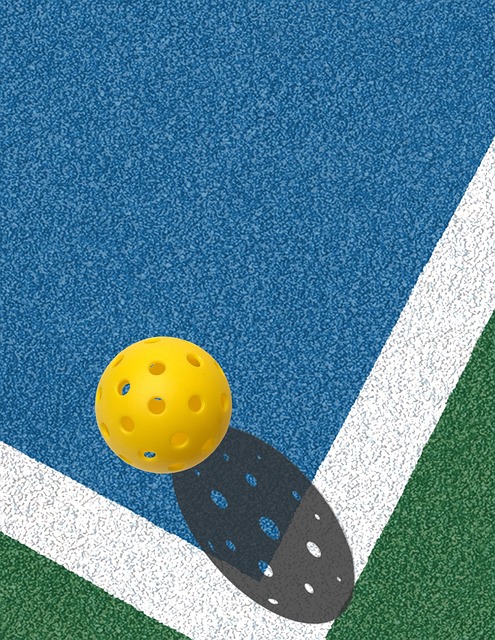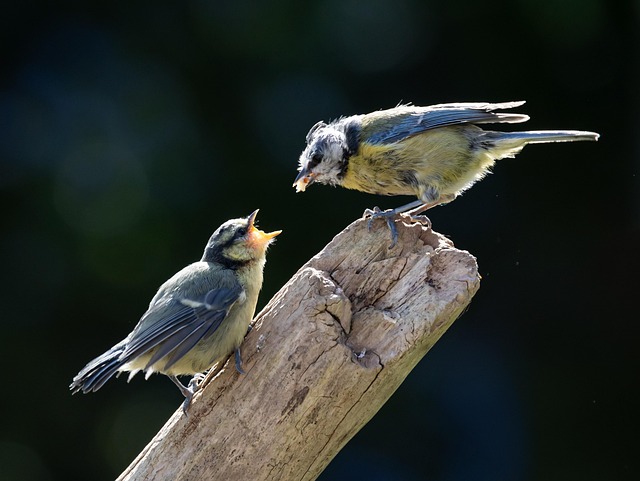In the previous post I explored aging and retirement planning. In that post I drew on the work of Bec Wilson, creator of the Epic Retirement Flagship Course and the author of the book, How to have an Epic Retirement. In the current post, I want to focus on Bec’s discussion of happiness and fulfillment in retirement while drawing on the writings on the topic by other authors. At the outset, Bec debunks the image of a retired person who is spending their days in a lazy chair on the beach while drinking wine – research highlights the fact that this portrayal is a recipe for boredom and a shortened life span.
Ways to achieve happiness and fulfillment in retirement
Bec offers a series of suggestions for how we might go about achieving these retirement goals:
Examining your personal stories for sources of happiness and fulfillment
In her Epic Retirement Workbook (that accompanies the Course), Bec offers a way to examine our personal stories including recording our key experiences and challenges, triumphs and passions. She also offers some probing questions to identify themes in our responses such as resilience, creativity, and sources of happiness. This approach to recording personal stories is consistent with the research supporting the use of storytelling to manage life transitions. Such storytelling is often described as narrative therapy – an emerging area for university-level study.
Identifying your purpose and source of happiness by exploring your curiosity
Bec’s Workbook has a series of questions designed to elicit your level of curiosity about your future options, friendships, challenging pursuits, and what you might do with your time in retirement. She maintains that without a degree of curiosity in your retirement years, “you might find yourself isolated, bored and even becoming stale”. Frank Ostaseski, author of The Five Invitations: Discovering What Death Can Teach Us About Living Fully, encourages us to cultivate openness and curiosity to achieve intimacy with ourselves, live life fully, develop self-forgiveness and “a deep sense of belonging”.
Creating meaning in your life as a retiree
Bec discusses various ways to create meaning because research confirms that a meaningful life can lead to happiness and a sense of fulfillment. She encourages retirees to volunteer to contribute to a cause beyond ourselves and lists multiple arenas in which to volunteer, including volunteering for charity shops, aged care residents and sporting clubs. A psychologically-rich life can generate a meaningful life and a sense of fulfillment. Pursuits such as the following can create meaning in our retirement years:
- Collaborating with others in learning
- Exploring part-time work options
- Pursuing new sporting challenges and social relationships
- Expressing gratitude and kindness which are contagious and cultivate health and happiness in others and ourselves.
Identifying your skills and strengths to develop your sense of purpose
Bec suggests that developing a happy and fulfilling life as a retiree depends largely on having a sense of purpose. She draws on the work of Richard Leider and Mihaly Csikszentmihalyi to maintain that developing a sense of purpose involves employing your skills and strengths in areas that you are passionate about, are congruent with your values and contribute to something beyond yourself (such as a charity or other organisation pursuing social goals). In her Workbook, Bec offers a columnar chart to assist us to identify the relationships amongst our skills, passions, values and purpose.
Exploring your courage
Bec points out that it takes courage to move beyond our comfort zone, to pursue “endings” to the way we do things and to try new things that are challenging. She encourages us to tell ourselves the truth about our life, our happiness and sense of fulfillment; to make difficult decisions that will present challenges to our self-concept and our comfort zone; to make mistakes as we try out new things; to dream big; and to say ‘no” or “yes” when it is appropriate for self-preservation or to achieve our potential.
Engaging in epic pursuits
Bec draws on research to show that to achieve an “engaged, curious and happy life” as a retiree we need to adopt three or more pursuits that we enjoy and that ideally engage us physically, cognitively and socially. To this end, she lists (on pages 280-281 of her 2025 Book) epic pursuits that “active and engaged retirees” have adopted to pursue their passions. This can serve as a stimulus and checklist to help us to identify epic pursuits that might interest us. Home swapping can also bring excitement and a change of location (either domestically or overseas).
Exploring different types of work that may be compatible with semi-retirement
Bec suggests that this work could provide supplementary income and draw on existing knowledge and skills (such as lecturing, tutoring, consulting or training) or , alternatively, provide the opportunity to learn new skills (such as starting a small business built on a hobby or a special interest area). Her other suggestions include roles such as driving for rideshare services such as Uber, baby-sitting, pet-sitting, carer/helper, or landlord. The opportunities are numerous and include having a hobby farm, house-sitting, or developing bed and breakfast accommodation.
Developing a new daily routine
It is important that this is developed over time as you become more accustomed to life beyond full-time work or being a home-parent. Research in this area suggests that a daily routine enhances longevity and meaningful living. A retirement routine is very individual and takes some planning and acknowledgement of your own “circadian rhythms”. Bec offers suggestions for rebuilding our morning routine and creating purposeful evenings. Penny Pennington Weeks shares her comprehensive retirement routine to encourage us to plan our own “to enjoy a retired life”.
Practising mindfulness for a happy and fulfilling retirement
Throughout her Epic Retirement Book and Course, Bec strongly encourages cultivating openness, curiosity and reflection – key components of mindfulness practices. Research and personal experience confirm the multiple benefits of mindfulness that accrue from regular mindfulness practices such as Tai Chi, mindful eating, and engaging with nature. Mindfulness practice has been shown to enhance happiness, improve health, strengthen our sense of self-efficacy and enable fulfillment by helping us to realise our potential.
Reflection
I identify as a Morning Person, so in retirement I tend to do creative pursuits such as writing in the mornings and the more routine activities in the afternoons or evenings. As we grow in mindfulness, we can increase our self-awareness, self-compassion, and perception of options. We can also reduce negativity and self-limiting beliefs to enable us to achieve happiness and fulfillment in retirement.
_______________________________________
Image by Ahmet Yüksek from Pixabay
By Ron Passfield – Copyright (Creative Commons license, Attribution–Non Commercial–No Derivatives)
Disclosure: If you purchase a product through this site, I may earn a commission which will help to pay for the site, the associated Meetup group, and the resources to support the blog.











